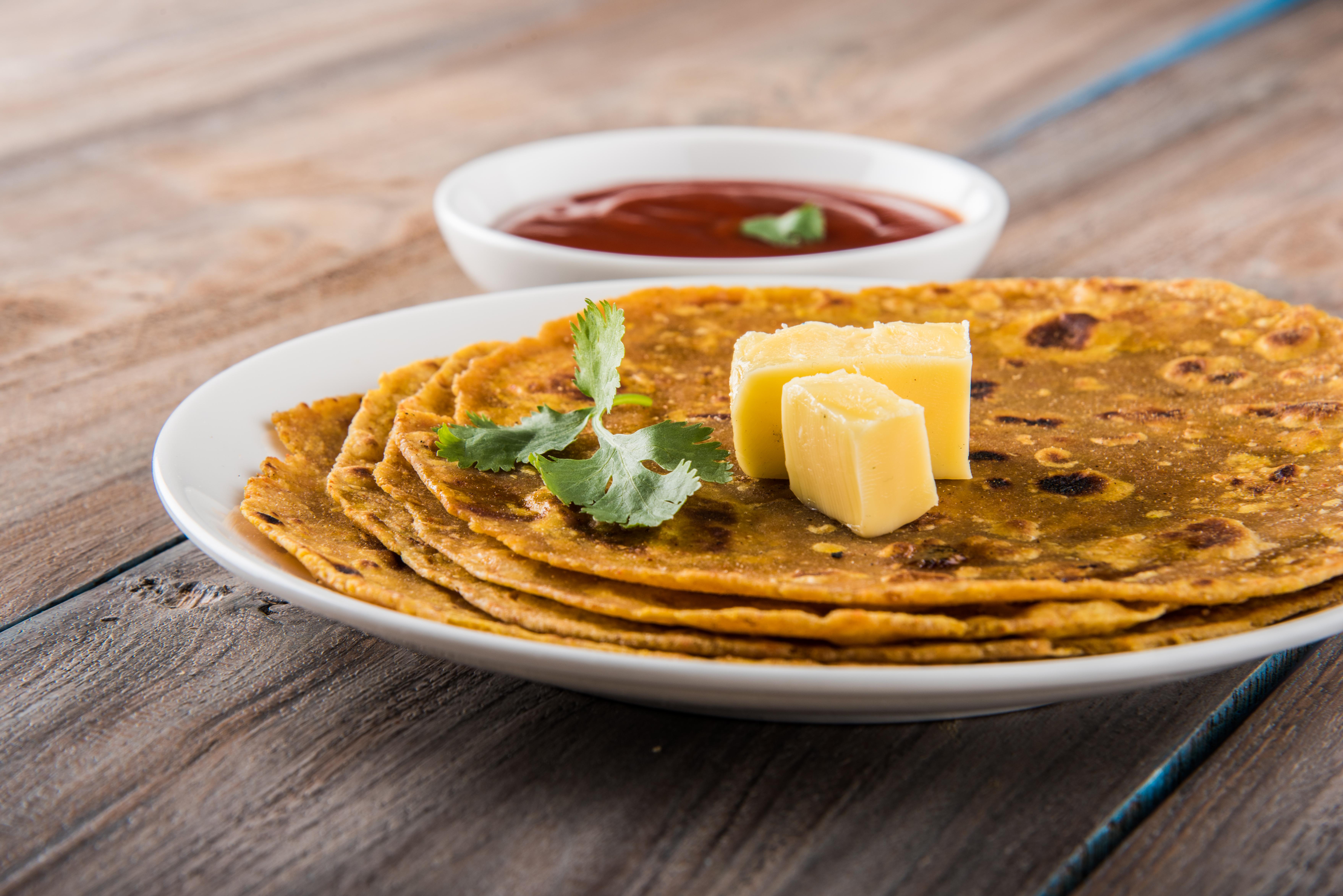Secret Superfoods You Walk Past Every Time You Go Shopping
29. Amchur (Mango Powder): The Tangy Spice

Amchur, also known as mango powder, is a unique and flavorful spice made from dried, unripe mangoes. This tangy spice is a staple ingredient in Indian cuisine, where it is used to add a bright, acidic flavor to a wide variety of dishes. Amchur is more than just a flavor enhancer; it also offers a range of nutritional benefits. It is a rich source of vitamin C, a potent antioxidant that supports immune function, protects against cellular damage, and is essential for collagen production for healthy skin. Amchur is also packed with other antioxidants, including polyphenols, which have been shown to have anti-inflammatory properties and may help to protect against chronic diseases. The tangy flavor of amchur makes it a versatile spice that can be used in numerous ways. It is commonly added to curries, stews, and vegetable dishes to provide a sour counterpoint to rich and spicy flavors. It can also be used in marinades and spice rubs for meats and vegetables, adding a fruity and acidic note. Amchur is a staple ingredient in many Indian chutneys and relishes, where its tanginess shines.
30. Sorghum: The Gluten-Free Grain

Sorghum is an ancient, gluten-free grain that has been cultivated for thousands of years and is a staple food in many parts of the world, particularly in Africa and Asia. This versatile grain is a nutritional powerhouse, offering a good source of dietary fiber, protein, and a variety of essential vitamins and minerals. The fiber in sorghum promotes healthy digestion, prevents constipation, and helps to regulate blood sugar levels, making it a good choice for those with diabetes or those looking to manage their weight. Sorghum is also a good source of protein, providing all the essential amino acids. Additionally, it is rich in minerals like iron, which is crucial for oxygen transport in the blood, magnesium, which plays a role in hundreds of bodily functions, and B vitamins, which are essential for energy metabolism and brain function. Sorghum has a mild, slightly sweet flavor that is similar to corn, making it a versatile grain that can be used in a variety of dishes. It can be cooked and eaten whole, similar to rice or quinoa, and used as a base for pilafs, salads, and grain bowls. It can also be ground into flour and used for baking gluten-free bread, muffins, and other goods.
